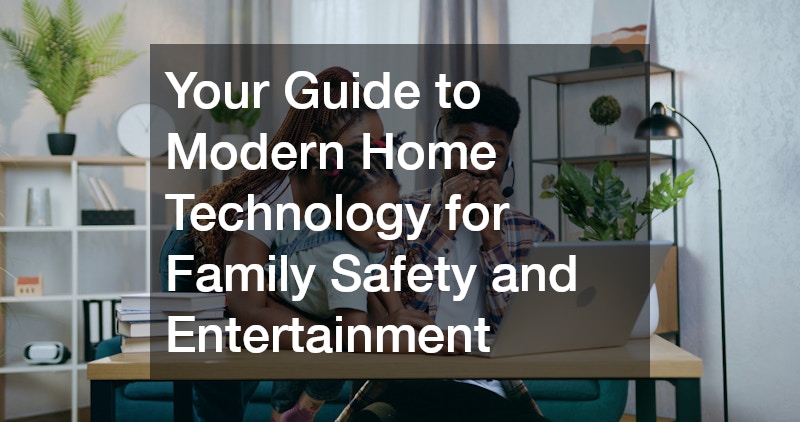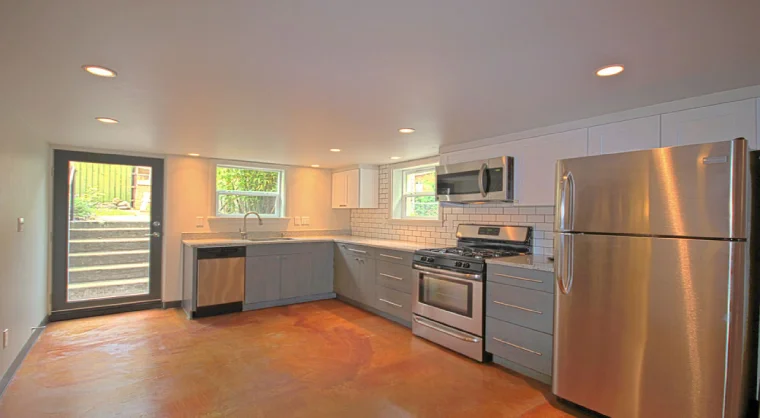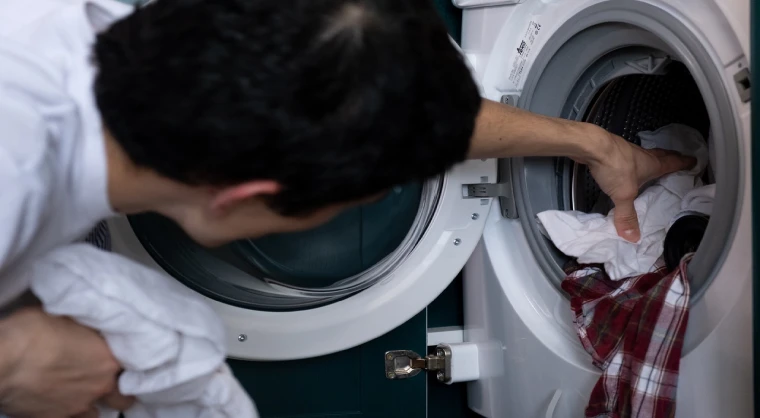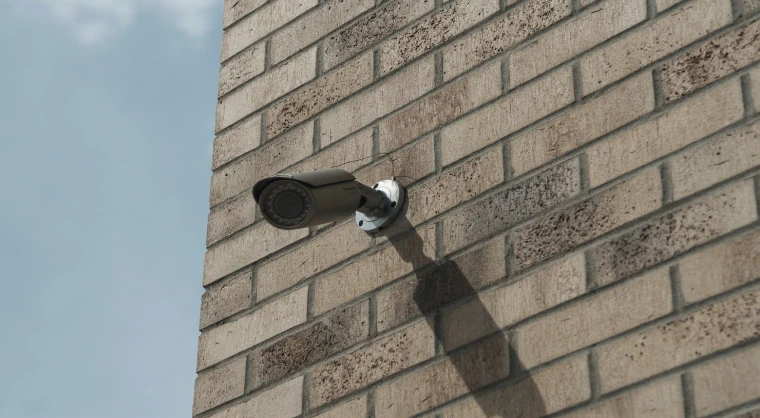The way families experience home life has dramatically evolved over the past decade. From smart lights and voice assistants to advanced security setups and connected health tools, the concept of a traditional household has been transformed by rapid advancements in innovation. Today’s homes are increasingly designed with safety, convenience, and enjoyment in mind, creating living spaces that are not only efficient but also tailored to each family’s unique lifestyle. As our daily routines become more dependent on modern home technology, understanding how to select and use the right tools is key to creating a secure and comfortable environment for everyone in the household.
Modern households often blend work, play, and personal wellness, all within the same space. Whether you’re streaming a family movie night, monitoring your front yard remotely, or checking in on a loved one’s well-being, the right systems make it possible. With so many options on the market, from basic to complex, it can be overwhelming to know where to begin or how to upgrade existing setups for maximum efficiency and benefit.
Whether you’re a parent looking to protect your children, a remote worker creating a reliable environment, or a tech enthusiast upgrading your setup, this article offers practical insights. With the right information, any household can transform into a well-equipped haven of comfort and control. Let’s dive into your complete guide to blending family safety with entertainment through practical, easy-to-understand solutions.
1. Smarter Home Hubs
Creating a central hub for managing your household’s devices is one of the smartest ways to optimize modern home technology. From security settings to lighting control and entertainment systems, centralization simplifies the management of your connected tools. Having one system to oversee everything reduces confusion and helps ensure every device functions efficiently together. It also means less time troubleshooting and more time enjoying the benefits of an organized, tech-savvy home environment.
While pre-built systems work for many, families with specific needs often turn to custom computers as the foundation for a home control center. These tailored solutions can be optimized to handle large amounts of data, run multiple programs simultaneously, and serve as reliable servers for your smart devices.
These setups offer enhanced longevity and security. With a tailored build, you can choose more durable components and plan for future upgrades, which helps extend the life of your investment. Having a tech hub designed to evolve with your family’s needs not only supports daily convenience but also strengthens your long-term digital infrastructure. With modern home technology constantly improving, this approach ensures you’re not left behind.
2. Fixing Tech Fast

No matter how advanced your home becomes, devices are bound to fail occasionally, and knowing where to go for reliable repairs is part of responsible tech ownership. In a home filled with screens, monitors, and interactive displays, a single malfunction can disrupt daily routines. Whether it’s a child’s e-learning session or a parent’s remote workday, fast, professional repairs can restore harmony quickly and efficiently, ensuring your family doesn’t miss a beat.
That’s where a trusted desktop repair store plays a critical role. These service providers specialize in diagnosing and resolving hardware and software issues, whether the problem is as small as a loose wire or as large as a failed motherboard. Their experience helps keep your key devices running at peak performance, which is crucial for a household dependent on technology for both safety and entertainment.
Beyond simply repairing devices, many of these repair centers also offer advice on maintaining and protecting equipment to prevent future issues. They can recommend surge protectors, cooling accessories, or software solutions tailored to your devices. With modern home technology embedded in daily life, having a reliable resource to keep your tools running is an essential piece of the smart-home puzzle.
3. Sound & Screen Sync
Entertainment is a cornerstone of family bonding, and with the rise of streaming platforms, immersive experiences are more accessible than ever. High-definition visuals and crystal-clear audio have become staples of the modern living room. Whether it’s movie nights, music playlists, or gaming sessions, quality sound and visuals are key to turning any ordinary evening into a memorable event. Well-integrated systems elevate the experience by making it seamless and cinematic.
Modern audio video systems offer that next-level enhancement by providing synchronized, customizable control over how content is experienced throughout the home. You can watch a movie in surround sound in the living room while someone else listens to music in the kitchen—all from one central interface. Today’s systems also support voice commands and mobile apps, making it easier than ever to manage entertainment without juggling multiple remotes or settings.
The beauty of this kind of setup lies in its flexibility and scalability. Whether you’re upgrading a single room or installing a whole-house experience, there’s a solution that fits your space and lifestyle. Combined with modern home technology, these systems also integrate with smart lighting and automation tools to create personalized environments for different occasions—from parties to quiet nights in.
4. Eyes on What Matters

Home security has always been a top priority for families, and modern tools have made it easier than ever to keep an eye on what matters most. Gone are the days when home monitoring meant clunky cameras and expensive systems. Today, families can remotely monitor their homes in real time, receive alerts for suspicious activity, and even speak through intercoms from anywhere in the world. This level of control brings peace of mind, especially when parents are away from home or kids are left alone.
A major component of this transformation is video surveillance, which has become smarter and more accessible. Modern systems now offer features like motion detection, facial recognition, cloud storage, and mobile app integration. Cameras can be placed at key entry points, driveways, or inside the home to track activity 24/7. With higher resolution and improved night vision, homeowners can identify details clearly, making it easier to respond quickly to potential threats.
What’s more, these surveillance systems integrate seamlessly with other parts of modern home technology. For example, a triggered camera can automatically turn on lights, notify your smartphone, or even alert a security service. The real power lies in automation and interconnectivity, ensuring that your home stays safe without requiring constant supervision. This tech-forward approach allows families to enjoy safety with less worry and more control.
5. Safe Entry Points
The physical access to your home is just as important as digital security. Traditional locks and fences offer basic protection, but they don’t account for the convenience, flexibility, and remote access that today’s families need. Managing deliveries, visitors, and everyday comings and goings should be simple, secure, and trackable. That’s where modern home technology comes into play—offering smarter ways to protect your perimeter without sacrificing ease of use.
A security gate system is one such advancement, adding an extra layer of controlled access to your property. These systems allow you to manage gate operations remotely, using smartphone apps, voice commands, or programmed schedules. Whether you’re opening the gate for a guest or securing it while on vacation, the system provides dependable access control. Some even include video and intercom features, allowing you to see and speak with visitors before granting entry.
The added benefit is integration. Today’s gate systems often pair with smart locks, lighting, and security cameras to create a fully managed entry ecosystem. This enhances both security and convenience, letting you customize settings based on time of day or specific users. In combination with modern home technology, a security gate becomes more than a barrier—it becomes a responsive, intelligent part of your home’s defense network.
6. Light That Listens

Lighting is no longer just about flipping switches. It’s about setting moods, increasing safety, and enhancing daily function through customizable, intelligent control. The right lighting can create ambiance, reduce eye strain, improve sleep, and even boost productivity. As part of a smart home setup, lighting plays a surprisingly important role in how we feel and function inside our spaces.
A well-executed lighting installation today involves more than just choosing fixtures—it’s about creating a system that responds to your needs. Smart lighting allows you to adjust brightness, color temperature, and even timing through voice commands or mobile apps. You can automate lighting based on your schedule, have lights gradually dim for bedtime, or set them to mimic natural sunlight.
When tied into broader systems using modern home technology, lighting becomes part of a larger lifestyle experience. For instance, lights can turn on automatically when you arrive home, flash in sync with doorbell notifications, or dim during a movie via voice command. These features don’t just feel futuristic. They’re incredibly practical for everyday family life. With the right system, lighting enhances both safety and enjoyment without any extra effort.
7. Wellness at Home
Health and wellness are deeply personal, but they’re also becoming increasingly supported by in-home tech. Today’s families want to do more than just monitor symptoms—they want to prevent illness, promote fitness, and manage chronic conditions, all from the comfort of home. By integrating smart tools into daily routines, families can become more proactive in caring for their physical and mental well-being.
This is where health tracking devices come in. These include wearables, smart scales, sleep monitors, and even connected thermometers that provide real-time insights into vital stats. Parents can keep tabs on their health while also monitoring their children’s activity, rest, or temperature trends. For those managing specific conditions, these tools can sync with apps that log readings over time and even share data with healthcare providers.
When embedded within a larger network of modern home technology, these devices become part of a complete wellness strategy. Smart reminders can prompt medication or hydration, lighting can be adjusted to support circadian rhythms, and apps can guide workouts or meditation. Together, these elements support a holistic lifestyle that’s convenient, personalized, and incredibly forward-thinking.
8. Internet Calls Made Easy

Communication is the heartbeat of any home, especially for families juggling work, school, social lives, and emergency contacts. Traditional landlines are fading fast, replaced by faster, cheaper, and more flexible alternatives. Today, staying in touch doesn’t just mean making calls—it means doing so clearly, affordably, and across multiple devices.
One major advancement in this space is VOIP, or Voice Over Internet Protocol. This technology allows you to make phone calls using a broadband internet connection instead of a traditional telephone line. With features like voicemail-to-email, call forwarding, and multi-device access, VOIP offers a streamlined and often cost-effective way to stay connected. Families can talk, even over long distances, without expensive plans or outdated systems.
Best of all, VOIP can be fully integrated into your smart home setup. With modern home technology, you can link your VOIP service to your home assistant, route emergency calls through a specific contact tree, or even use voice commands to dial numbers. It’s a modern solution that turns communication into a seamless, smart experience.
9. Help for Your Handset
Smartphones are essential to modern family life. They’re used for everything from managing schedules and controlling smart devices to streaming content and staying connected with loved ones. But when they break, the impact is immediate and frustrating, especially in a home that depends on digital tools every day.
That’s why timely, reliable phone repairs are so important. Whether it’s a cracked screen, a fading battery, or a glitchy app, professional repair services can restore your device quickly. This is especially vital in homes where phones double as remotes for smart lighting, speakers, thermostats, or security systems. One broken device can disrupt the flow of your entire household.
In a smart ecosystem, the smartphone is more than a communication device. It’s a remote control for your home. When tied into modern home technology, keeping your phone functional ensures you remain in command of every integrated system. Quick, efficient repairs help preserve that control and keep your home running smoothly.
10. Smarter Key Access
Gone are the days of jingling keychains and worrying about lost copies. With today’s smart access tools, families can control who comes and goes with ease. Digital keypads, fingerprint readers, and remote entry systems now offer fast and secure ways to enter your home—no key required. It’s an evolution that reflects the growing role of modern home technology in everyday routines.
Sometimes, however, those systems need a tune-up or reset, especially when access credentials change. That’s where a key fob reprogramming service becomes useful. These services allow homeowners to update or reconfigure their smart keys and remotes. Whether you’re giving access to a new babysitter or revoking entry for a previous tenant, reprogramming ensures tight control over who can enter your home.
When layered into your broader smart home system, reprogrammed fobs can also trigger lights, deactivate alarms, or send alerts when used. This turns a simple access tool into a multipurpose solution, supporting both safety and automation. It’s a small change with a big impact, and one more example of how modern home technology adapts to your lifestyle.
Bringing It All Together
In today’s fast-paced world, the way we live at home is changing. Evolving into something more connected, more personalized, and more responsive than ever before. The rise of modern home technology has opened the door to a new level of convenience, entertainment, and safety that families across all life stages can benefit from. From wellness tracking and secure entry to immersive media setups and instant tech repairs, these tools are making homes more intuitive and efficient.
What makes modern home technology truly transformative is not just the individual gadgets. It’s how they work together. When your lighting syncs with your movie nights, your health is tracked in real-time, and your front gate knows who to let in, your home becomes more than a place to live. It becomes a smart partner in your daily life. Each feature highlighted in this guide shows how small upgrades can combine to create a powerful, seamless living experience.
Your home should serve your family in every way possible—comfort, security, fun, and peace of mind. With the help of modern home technology, that vision is closer than ever to becoming a reality.





